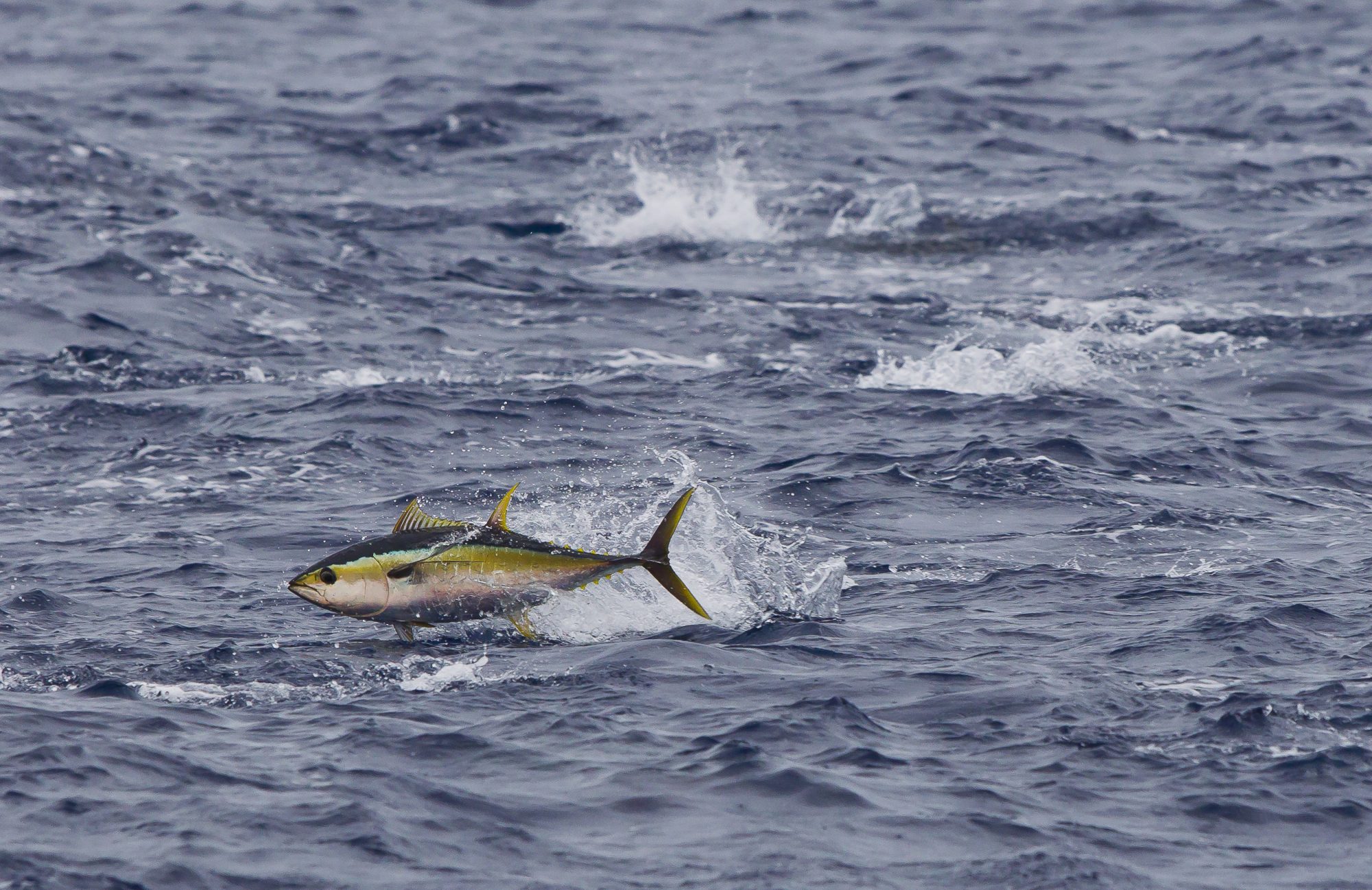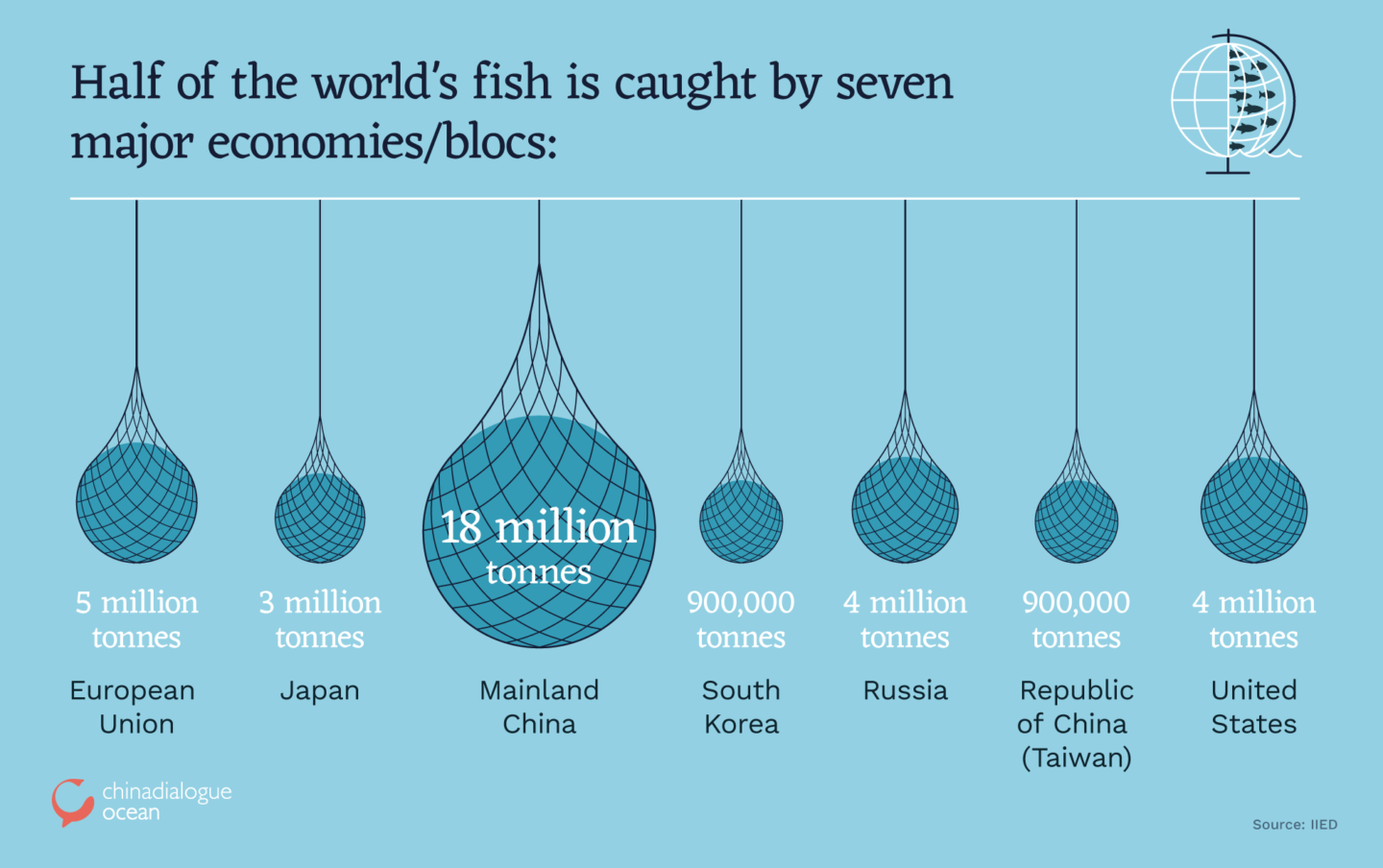Fisheries around the world are in better health than most people realise, according to a new study that suggests many populations are recovering and sustainable management plans are working.
Key fishing grounds in Europe, South America and Africa are among those found to have healthy or improving numbers. But the good news has limits. The status of many unmanaged fisheries, especially those in South and Southeast Asia, are unclear. As global trade continues to increase demand, these regions are most likely being overexploited.
Published last month, the study is the latest comprehensive health assessment of the world’s fish populations. The data paints an improving picture, with many fisheries now able to provide a sustainable catch.
“There is a narrative that fish stocks are declining around the world, that fisheries management is failing, and we need new solutions. And it’s totally wrong,” said lead author Ray Hilborn, a fisheries expert at the University of Washington, who led the study. “Fish stocks are not all declining around the world. They are increasing in many places, and we already know how to solve problems through effective fisheries management.”
Compiled by fisheries scientists from around the world, the new analysis looked at data on 882 fish stocks, including information available for the first time about catches from Peru, Chile, Japan, Russia, north-west Africa and the Mediterranean and Black seas. The researchers then compared this to details of fisheries management in about 30 countries. They found that more intense management led to healthy or improving fish populations, while little to no management led to overfishing.
The study concludes: “The efforts of the thousands of managers, scientists, fishers and non-governmental organisation workers have resulted in significantly improved statuses of fisheries in much of the developed world, and increasingly in the developing world.”
The study shows something else too: consensus and cooperation continues between two distinct camps of fisheries experts previously in conflict. The two sides – who disagreed on the health and likely future prospects of global fish populations – first combined to offer a joint assessment a decade ago. That 2009 analysis concluded many depleted fisheries were making good progress towards recovery. But the data used only covered about 20% of the world’s catch. In other words, the status of 80% of the fish landed every year across the globe remained a mystery.
Last week’s study is put together by a similar team of researchers and significantly extends the dataset, which now contains information on about half the world’s catch. The results, Hilborn says, show that consumers in the developed world – including in North America and Britain – can now buy many fish species with a clear conscience. “If you want to be very careful, you need to look at exactly what species it is,” he says. “But as a general rule, particularly those of us in the West, we’re largely eating fish that come from well-managed fisheries.”
Buying seafood sustainably
There are some important exceptions. For example, shrimp is the most popular seafood in the US, and the majority is imported from unmanaged fisheries in Southeast Asia.
“Many of the countries that have made progress domestically still import from countries where the situation isn’t as nice. That is something else we should be conscious of,” says Beth Fulton, a marine scientist with the Commonwealth Scientific and Industrial Research Organisation (CSIRO) in Hobart, Australia, who was not involved with the new study.
She adds: “Serious effort has to go into helping nations which do not currently have significant fisheries management capacity to tackle the issues they face, which go beyond a lack of resources.”
Many important fisheries are not included in the new dataset, sometimes because dozens of different species of fish are caught at the same time. That type of fishing activity is more difficult to track as management schemes typically focus on fisheries where a single species is targeted, such as cod or tuna.
Hilborn says: “The unassessed fisheries are largely highly mixed fisheries. They may catch a hundred species in one haul of the net, and you can’t regulate those on a species-by-species basis. So the toolkit for managing those fisheries is going to be different than what we dominantly use in the successes we’ve had so far.”
Unassessed fisheries in India, Indonesia and China represent 30-40% of the world’s fish catch. “China is a big black box. It’s the biggest fishing country in the world. And they have essentially no publicly available assessments of their resources,” Hilborn says.
Steve Palumbi, a fisheries scientist at Stanford University, says some caution is also needed with the data where they do exist. “I’m not as convinced that this shows the universal success of fisheries management schemes,” he says. “Because regional data from the same countries – mostly the US and Canada – show different patterns.” East coast fisheries in both countries have not responded well, whereas west coast fisheries, and Alaska have done better. “It may well be that there has not been enough time for the effect of management to take hold in the eastern fisheries, perhaps because they were so far down to begin with,” he says.
Reg Watson, a marine researcher at the University of Tasmania, says scientists tend to think about fisheries in two distinct ways. “One tries to save the oceans and all its life from the destruction of fishing. While the other tries to focus on the stocks that feed us and provide jobs and support to the millions around the world,” he says. “The typical uncertainty associated with grand assessments of the world’s ocean life leave room for both.”
Focusing on fish stocks might show that a fishery can provide a sustainable supply, he says, but such data don’t necessarily offer a true picture of the health of a marine ecosystem – “like our terrestrial systems they have likely been greatly simplified and now lack much of the diversity and resilience they once had.” Watson adds: “This could be very important in the near future.”


